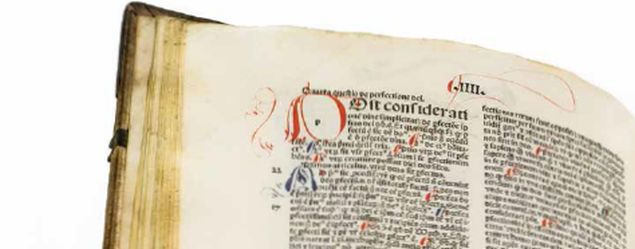
Commentaries on the Exhibit’s Works
Files
Download Commentary (176 KB)
Description
A brief commentary prepared by William Marvin, MA, Lecturer, Philosophy, on the following work:
William Blake
Illustrations of the Book of Job
London, 1825; original boards
Permission Statement
This item and all others in the Imprints and Impressions collection are licensed for research, educational and private use. Proper attribution must be used when downloading or reproducing this content. If you wish to use the materials for other purposes, please contact University of Dayton Libraries to obtain permission: 937-229-4221.
Contents of Streaming Media
William Skelly, a graduate student in English, describes William Blake’s interest in blending verse and image as an exploration of the Biblical figure of Job.




Comments
In his Illustrations of the Book of Job, William Blake integrates verse from the King James Bible with his engravings, creating interesting juxtapositions of images and ideas.From an early age, this poet, artist, and engraver claimed to see extraordinary visions, such as a tree full of angels; these visions influenced his work. As a child apprentice of master engraver James Basire, he was assigned the task of drawing monuments in Westminster Abbey, and scholars have traced themes in Blake’s engravings to this experience. Blake was a progressive, perhaps revolutionary thinker who, though spiritual, was critical of the English institutions of church and state.Blake also had a circle of progressive friends—Joseph Priestly, Thomas Paine, Mary Wollstonecraft (also featured in this exhibit), William Godwin, and Richard Price—all interested in social justice and human rights and supportive of the American and French revolutions.